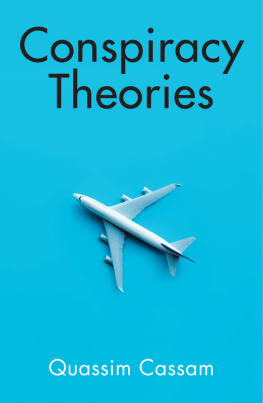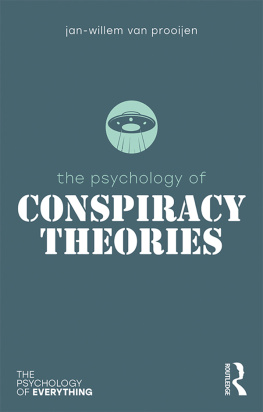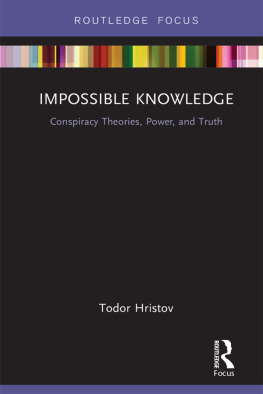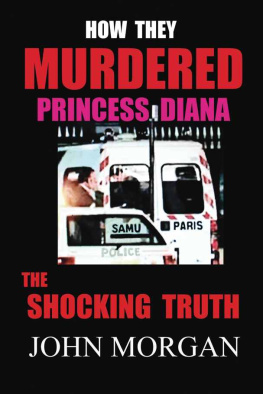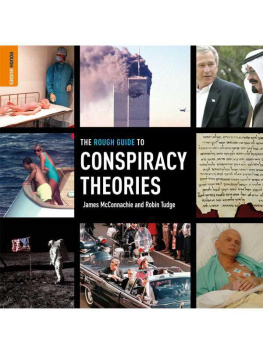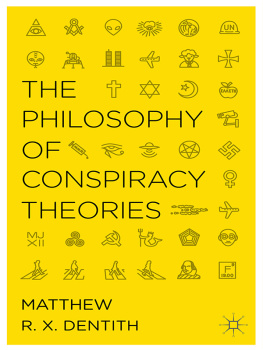

This edition published in the UK and USA in 2019 by
Watkins, an imprint of Watkins Media Limited
This is a fully updated and revised edition of Conspiracies , first published in 2013
Unit 11, Shepperton House
8993 Shepperton Road
London N1 3DF
Design and typography copyright Watkins Media Limited 2019
Text copyright Andy Thomas 2013, 2019
The author has asserted his right under the Copyright, Designs and Patents Act 1988 to be identified as the author of this work.
All rights reserved.
No part of this book may be reproduced or utilized in any form or by any means, electronic or mechanical, without prior permission in writing from the Publishers.
1 3 5 7 9 10 8 6 4 2
Typeset by JCS Publishing Services Ltd
Printed and bound in the United Kingdom by TJ International Ltd
A CIP record for this book is available from the British Library
ISBN: 978-1-78678-312-7
www.watkinspublishing.com
Andy Thomas is one of the UKs leading researchers into unexplained mysteries and conspiracies. His many other books include the acclaimed The Truth Agenda, which explores paranormal phenomena and global cover-ups, and Vital Signs, widely described as the definitive guide to the controversial crop circle phenomenon and nominated for Kindred Spirit magazines Best Book Award. Andy is a regular writer for the popular journal Nexus Magazine and is also author of a number of books on folklore and history, including Christmas: A Short History from Solstice to Santa.
Andy is founder of Changing Times, which holds events on truth and mysteries, and he is one of the key organizers of the renowned annual UK truth, mysteries and new frontiers conference, the Glastonbury Symposium, which has been running for over three decades.
Andy lectures extensively around the world and has made numerous TV appearances. Global spots have included NBC, the History Channel, National Geographic and Vice Media, while in the UK he has featured on BBC1s The One Show, ITVs GMTV, Channel 4s Richard and Judy, and Sky1s Pineapple Dance Studios. Andy has been on many other shows, and is a frequent guest on radio stations and podcasts.
More information on Andy, with social media links, can be found at: www.truthagenda.org
ACKNOWLEDGEMENTS
Andy Thomas would like to thank:
Helen Sewell for manuscript proofing, endless patience and for being my dearest love and heartfelt inspiration; Piers Adams for early manuscript checking and valuable suggestions; Pavel Mikoloski for opening doors to this project; Jordan Thomas for support and much-appreciated practical help; Mary Bennett for lunar advice; Richard Smith for additional information; Ian R Crane for inspiration; everyone at the Glastonbury Symposium for their dedication and comradeship; Marcus Allen of Nexus Magazine for information and contacts, and for the many formative conversations years ago, without which this book would not exist.
INTRODUCTION
Pick a century, any century. Or a decade, a year, a month. In each you will find significant and seemingly indisputable events occurring, the kind that can change the course of human history. Yet, for every one of them, somebody, somewhere, will loudly dispute the official account, doubting that the truth has been told. Conspiracy theories have been with us since civilization began, always whispering from the fringes, begging to be taken seriously. In certain centuries they have been, sometimes to disastrous effect, while at other times ones that perhaps should have been listened to have been perilously ignored.
In our modern environment, with trust in authorities at an all-time low, and with communication profoundly transformed, for a while conspiracy theories found a new currency, with websites and social networking ensuring they received a wider and more rapid spread than ever before. Was this a curse or a miracle? With no editorial filters or peer approval required to send them out to the world, the strangest ideas could now catch like wildfire and a steady torrent of challenges be thrown down against establishment spin ones which reached the public almost as readily as the mainstream media.
Authorities, inevitably, have harshly fought back. Plainly threatened by those who would deconstruct their every word and accuse them of deception, cover-up and mass murder, the openly-declared strategy today is to remove such material and to use social media, television, radio and print to persistently denigrate or sideline the self-styled truthseekers, who are portrayed as dangers to society as much as misguided eccentrics, prone to socially-destructive fanaticism. By associating perfectly legitimate alternative enquiry with fake news in the eyes of the public, knowledge once widely available for online discussion is now being actively removed from mainstream forums, while videos are deleted from platforms and uncomfortable topics are quietly moved into the lower pages of search engines or vanish completely. While this kind of defensive response is seen by its targets as the very thing that validates their beliefs, there is also a feeling of persecution. Of all groups marginalized in recent decades, believers in conspiracies must be fairly near the top of the list, to the point where the term conspiracy theorist has become an abusive label, one desperately avoided by those who would be taken seriously. The observation from left-leaning opponents that populist leaders and their supporters have a tendency to believe in conspiracies has been used as grounds to doubt their credibility, for instance. Yet this falsely tars all conspiracy researchers with the same right-wing brush and does not address sometimes persuasive evidence. The censorial retaliation from authorities has been successful to a degree; finding ones way to alternative information is now harder. But this has not, and will not, make conspiracy speculation go away. Such attacks have simply driven underground something which might be more healthily expressed in the open and has not lessened the strength of conviction over the issues themselves, as evidenced by remarkable poll statistics, which show a notable tendency towards conspiracy thinking among everyday folk.
Conspiracy theory, therefore, in its strictest definitional sense, is a brand that perhaps needs to be reclaimed for the good. For while holding every significant event to be a conspiracy may be to risk psychosis, some of the theorizing has without question helped identify several areas of genuine concern which deserve more attention. To the reviled truthseekers, it is the puppet masters of the establishment who are as likely to bring the world crashing down through their own streak of dangerous fanaticism.
How do we separate truth from imagination? Which criteria can be used to identify the propositions that should be legitimately pursued from those simply rooted in dark musings of paranoia? Was Diana, Princess of Wales, murdered, as a large number of people think, for all the official denials? Did NASA really go to the Moon, when anomalies in the photographic record suggest otherwise to a vocal minority? Were there other gunmen present at the shooting of JFK? Could 9/11 really have been set up by agencies within the USA itself? Did Donald Trump actively work with the Russians to gain power? Are all our lives governed by a secret ruling elite planning a New World Order of surveillance and control? It is often difficult to tell, when authorities deny but belief persists.
Next page
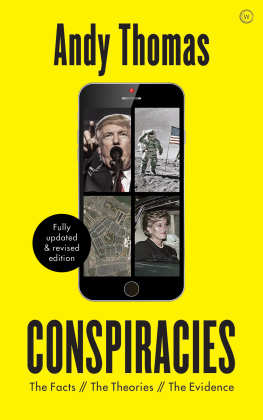
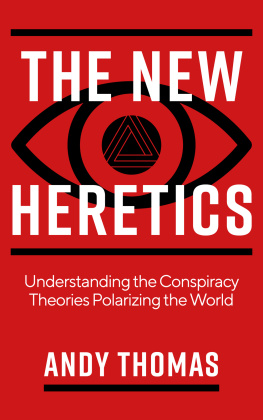


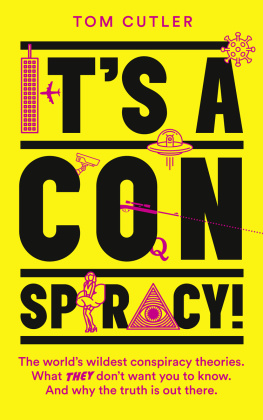
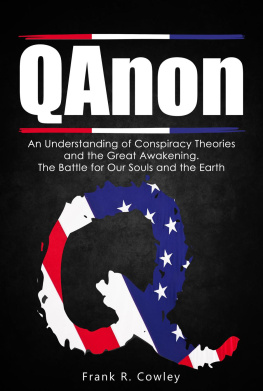
![Monte Cook - The Skeptics Guide to Conspiracies: From the Knights Templar to the JFK Assassination: Uncovering the [Real] Truth Behind the Worlds Most Controversial Conspiracy Theories](/uploads/posts/book/346601/thumbs/monte-cook-the-skeptic-s-guide-to-conspiracies.jpg)
